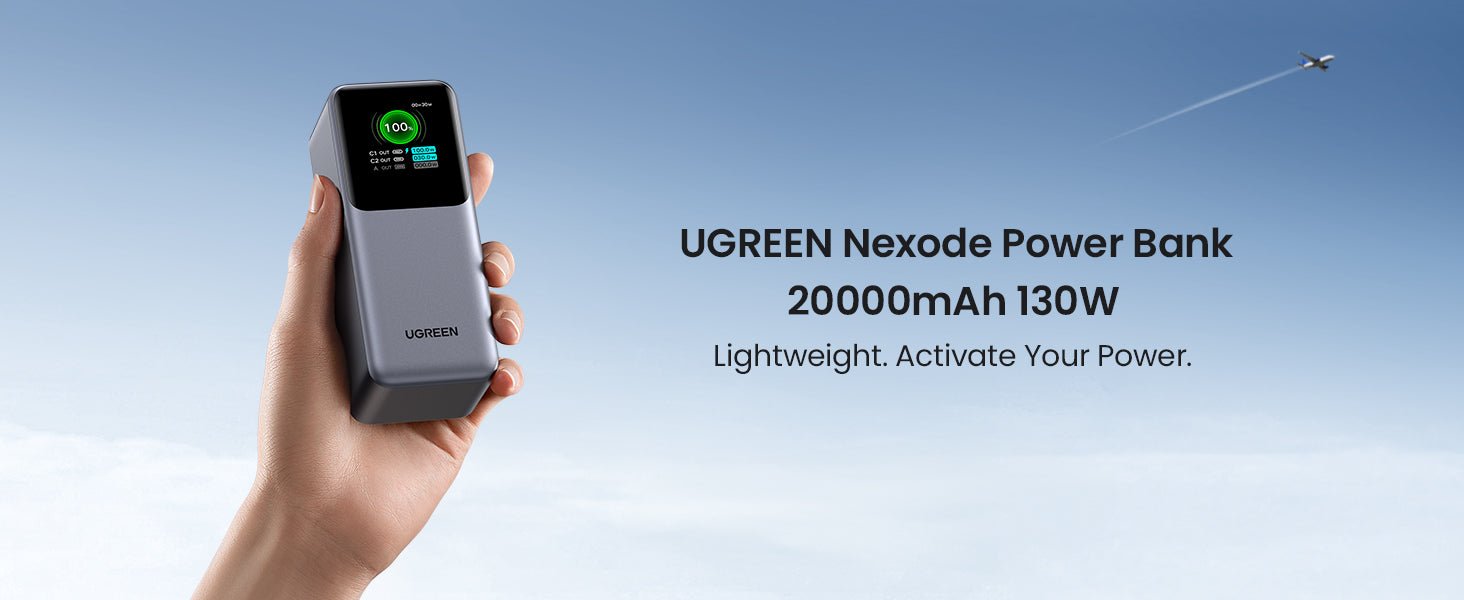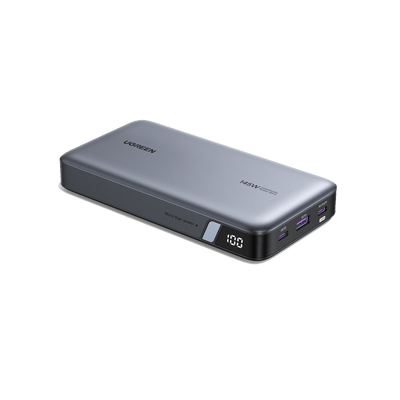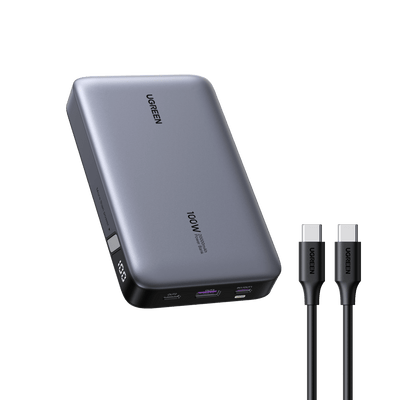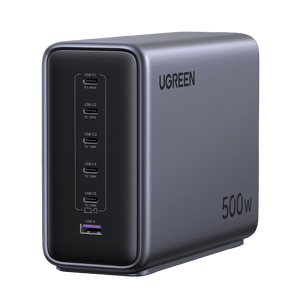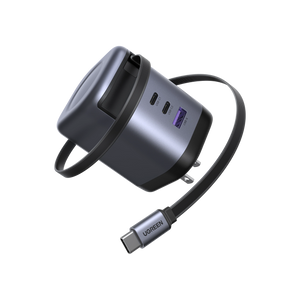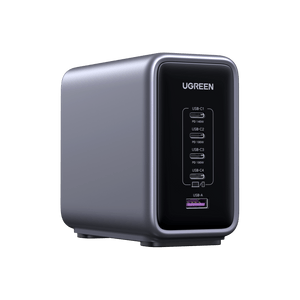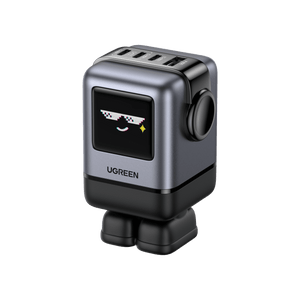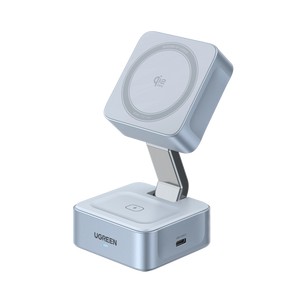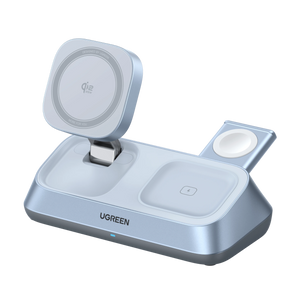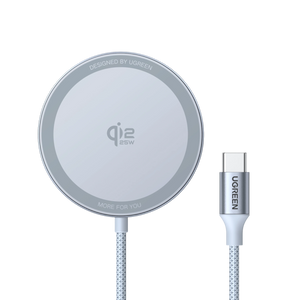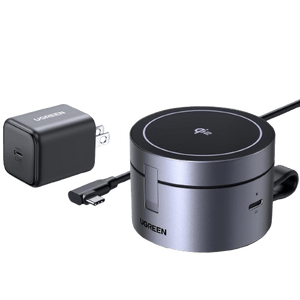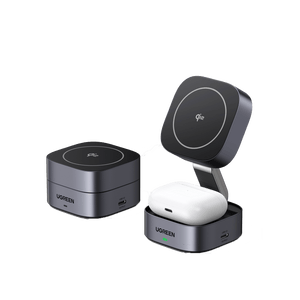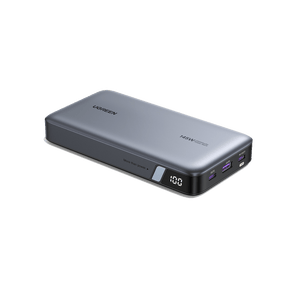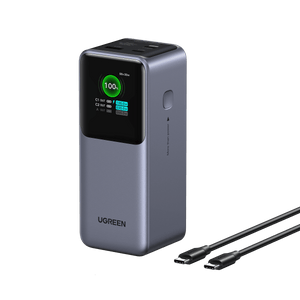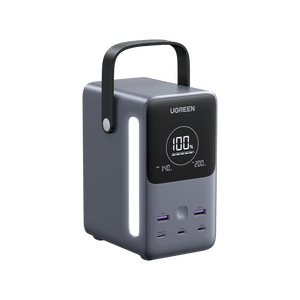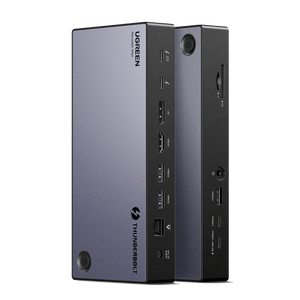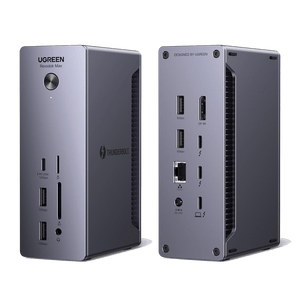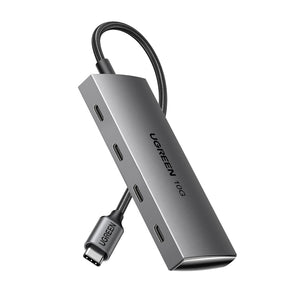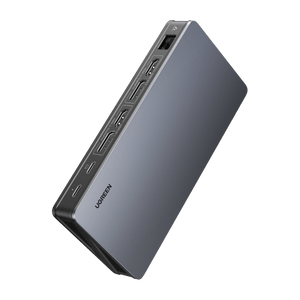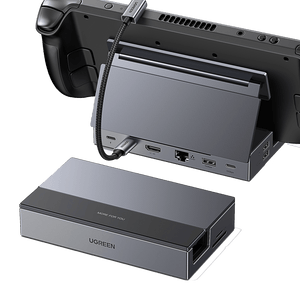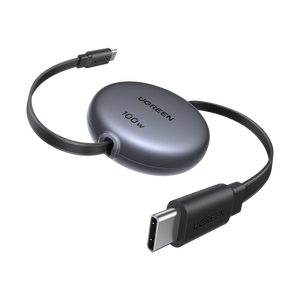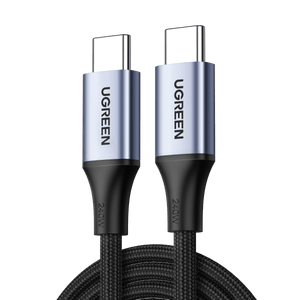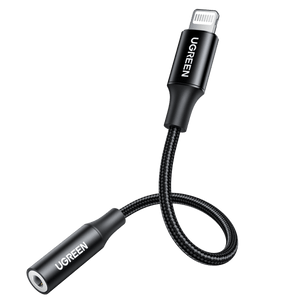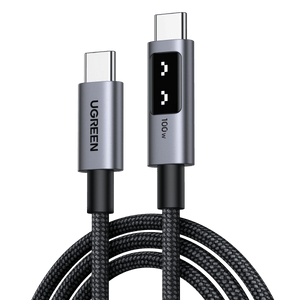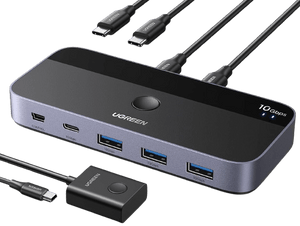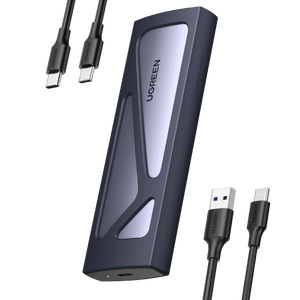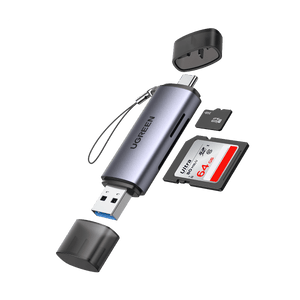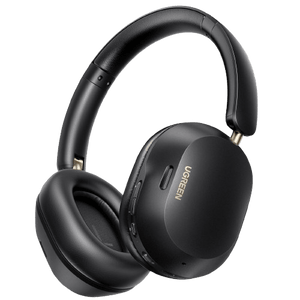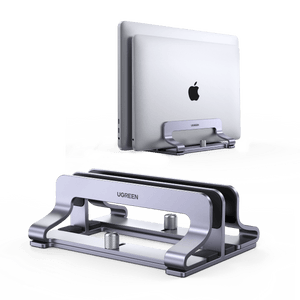How to Choose the Best Power Bank for Your Laptop in 2025
Laptops are an essential part of our daily lives, helping us work, stream movies, and play games. But as powerful as they are, they need a lot of energy to keep running. Unlike your phone, which can last all day, a laptop’s battery tends to drain quickly. This becomes a real problem when you’re away from a plug. That’s where a power bank comes in. It’s a portable charger designed to keep your laptop running when you’re on the go. However, not all power banks are created equal, especially when it comes to laptops. You need one with enough capacity.

Key Takeaways:
- Power banks for laptops are rated by capacity in Watt-Hours (Wh) and Milliampere-Hours (mAh), with Wh being more relevant for laptops as it accounts for both charge and voltage.
- To determine how many charges a power bank can provide, compare its Wh rating to your laptop’s battery capacity, factoring in energy loss due to heat.
- Ensure the power bank has sufficient output power (measured in watts) to match or exceed your laptop’s charging requirements, especially for fast charging and compatibility.
- Most laptops use USB-C Power Delivery (PD) for charging, so choose a power bank with PD support and the appropriate output (45W+ for most laptops, 100W+ for gaming laptops).
- When traveling, check airline restrictions, as most airlines limit power bank capacity to 100 Wh or less.
Watt-Hours (Wh) vs. Milliampere-Hours (mAh)
Power banks come with numbers on them. You might see 20,000 mAh or 74 Wh. These numbers show capacity. Capacity is how much energy the power bank holds. But what’s the difference between mAh and Wh?
Milliampere-Hours (mAh) is about charge. It’s how much electric charge the power bank can store. Imagine a bucket. A big bucket holds more water. A big mAh number means more charge. But charge alone isn’t enough for laptops. Laptops need energy, and energy includes voltage.
That’s where Watt-Hours (Wh) helps. Wh shows the total energy. It mixes charge and voltage together. For laptops, Wh matters more. Why? Laptops use different voltages. A high mAh might not work if the voltage is wrong. Wh tells you the real energy available.
Here’s an easy way to figure it out. Most power banks use 3.7 volts. Use this formula:
Wh = (mAh × 3.7) ÷ 1,000
Take a 20,000 mAh power bank. Plug it in:
Wh = (20,000 × 3.7) ÷ 1,000 = 74 Wh
That’s 74 watt-hours. Now check your laptop’s battery. If it’s 50 Wh, a 74 Wh power bank can charge it once. Maybe a bit more. But some energy turns into heat, so it’s not perfect.
So, mAh is the bucket size. Wh is the actual water, or energy, you can use. For laptops, look at Wh.
Comparing Power Bank Capacity to Laptop Battery Capacity
Picking a power bank for your laptop is easy if you compare their capacities. Let’s break it down. Your laptop has a battery with a certain energy amount, measured in watt-hours (Wh). Most laptops have 40 to 60 Wh. A MacBook Air might have 49.9 Wh, while some gaming laptops can have 80 Wh or more. Check your laptop’s label or manual to find this number.
A power bank’s job is to match or beat that energy. For one full charge, you need a power bank with at least as many Wh as your laptop’s battery. Simple, right? But there’s a problem. Some energy turns into heat and gets lost. So, a 50 Wh power bank won’t fully charge a 50 Wh laptop. You might get 70–80% of a charge instead.

Here’s how you can estimate how many charges you’ll get from a power bank:
- Look at the power bank’s Wh—say 74 Wh.
- Find your laptop’s Wh—let’s use 50 Wh for this example.
- Divide the two: 74 ÷ 50 = 1.48
- Subtract 20–30% for energy loss: 1.48 × 0.8 = 1.18
This means a 74 Wh power bank would give you about 1.18 charges for a 50 Wh laptop—one full charge, plus a little extra.
| Power Bank (mAh) | Wh (at 3.7V) | Laptop Battery (Wh) | Estimated Charges |
|---|---|---|---|
| 10,000 mAh | 37 Wh | 30–40 Wh | 0.7–0.9 |
| 20,000 mAh | 74 Wh | 40–60 Wh | 1–1.2 |
| 26,800 mAh | 99 Wh | 60–80 Wh | 1–1.3 |
| 50,000 mAh | 185 Wh | 100+ Wh | 1–1.5 |
Choose a power bank that fits your needs. Smaller laptops need smaller power banks, while larger devices, like gaming laptops, may require a bigger option. If you’re deciding between a 10,000 mAh and a 20,000 mAh power bank, this side-by-side comparison breaks down the differences in capacity, portability, and charging times to help you choose the right fit.
Output Power and Compatibility
Capacity isn’t the only thing to consider when choosing a power bank. The output power is just as important. Output power is how much energy the power bank can deliver to your laptop, and it’s measured in watts (W). Laptops typically require between 45W and 100W of power, much more than what a phone needs. If the power bank’s output is too low, your laptop may not charge at all or charge very slowly.
To find out what output you need, check your laptop’s charger. It will tell you how many watts your laptop requires. For example, a MacBook Air typically uses around 30W, while a Dell XPS could need 65W. Make sure the power bank’s output matches or exceeds this number to charge your laptop efficiently. If you’re deciding between a 65W and a 100W charger, this 65W vs. 100W charger comparison breaks down the pros and cons of each to help you choose the right fit.
Also, check for compatibility. Most newer laptops use USB-C Power Delivery (PD) for charging. PD is a fast-charging standard, so a power bank with USB-C PD support is ideal. Some older laptops use different connectors, like a barrel jack, so make sure the power bank has the right adapter or cable for your device.
{{UGPRODUCT}}
A good rule of thumb: get a power bank with at least 45W output and USB-C PD support. That should cover most laptops. For gaming laptops or larger devices, look for 100W or more.
Airline Restrictions and Travel Considerations
If you’re travelling with a power bank, keep in mind that airlines have specific rules about the size of the power bank you can bring onboard. Most airlines limit the capacity to 100 Wh or less, so be sure to check the regulations before packing.
Conclusion and Product Recommendations
When choosing a power bank for your laptop, there are three key factors: capacity, output power, and compatibility. The capacity, measured in Wh, tells you how many times you can charge your laptop. Output power, in watts, determines how fast it will charge. And compatibility ensures the power bank connects to your laptop properly.
Here are three UGREEN power banks to consider, depending on your needs:
- For everyday use: The UGREEN 20000mAh 100W Power Bank is a solid choice. With 74Wh capacity and 100W output, it’s powerful enough to charge most laptops once and offers quick charging.
- For travel: The UGREEN 20000mAh 100W Power Bank is still a great option, as it stays under the 100Wh limit for flights and is compact enough to fit in your bag.
- For more power: The UGREEN 25000mAh 145W Power Bank offers 92.5Wh and can handle bigger laptops or extra devices. It also has a 145W output, providing super-fast charging.
{{UGPRODUCT}}
Pick the one that fits your lifestyle and keep your laptop powered up wherever you go!




